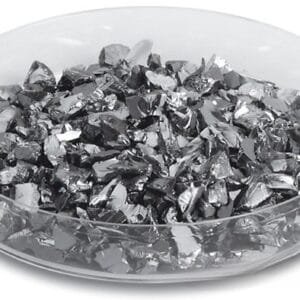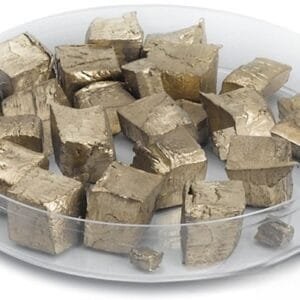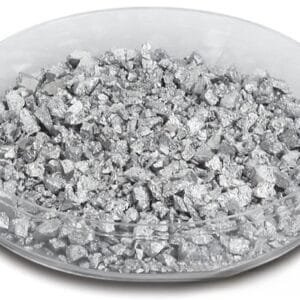TFM provides top-quality magnesium diboride (MgB₂) evaporation materials, renowned for their exceptional purity and performance. Magnesium diboride, a boride ceramic with the chemical formula MgB₂, is essential for high-quality film deposition processes. Our high-purity MgB₂, reaching up to 99.9995%, is produced under stringent quality assurance protocols to ensure reliable and consistent results.
Product Specifications
| Material Type | Magnesium diboride |
| Symbol | MgB2 |
| Appearance/Color | Solid |
| Melting Point | 830 °C (1,530 °F; 1,100 K) (decomposes) |
| Density | 2.57 g/cm3 |
| Purity | 99.9% |
| Shape | Powder/ Granule/ Custom-made |
Applications
Magnesium diboride evaporation materials are utilized in a range of deposition techniques, including semiconductor deposition, chemical vapor deposition (CVD), and physical vapor deposition (PVD). They are primarily used for optics applications such as wear protection, decorative coatings, and display technologies.
Packaging and Handling
Our magnesium diboride materials are carefully tagged and labeled to ensure precise identification and quality control. We prioritize the protection of our products during storage and transportation to prevent any damage.
Contact Us
TFM is a leading provider of high-purity magnesium diboride evaporation materials. We offer various forms including tablets, granules, rods, and wires, with custom shapes and quantities available upon request. In addition, we supply evaporation sources, boats, filaments, crucibles, heaters, and e-beam crucible liners. For current pricing and further information, please reach out to us with your inquiry.


 MSDS File
MSDS File



Reviews
There are no reviews yet.